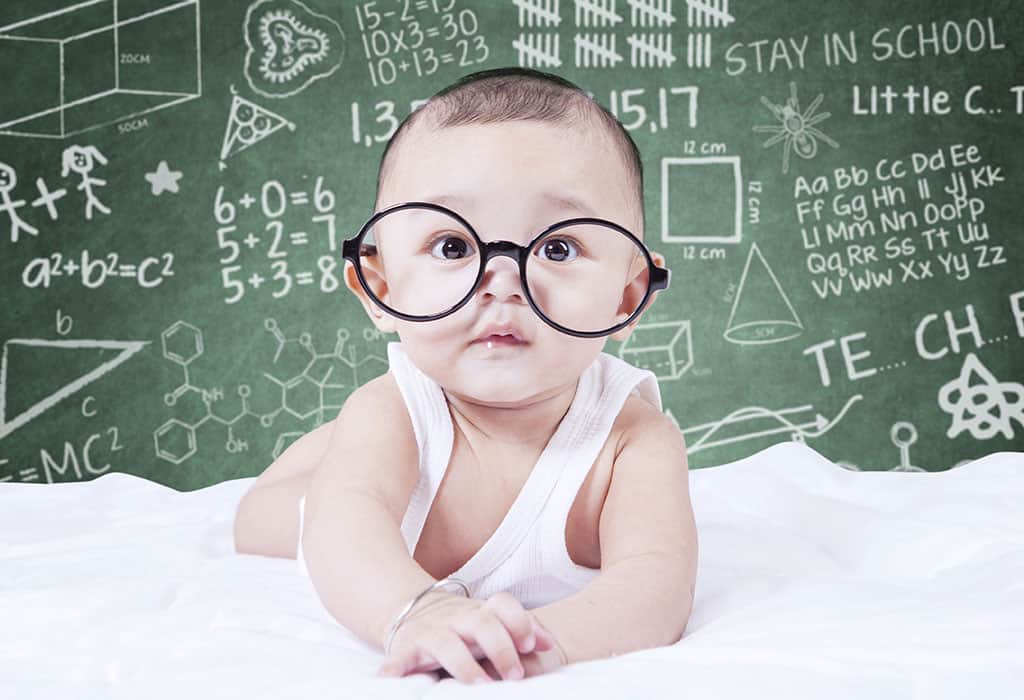
الذكاء و الوراثة والعلاقة بينهما ، تاريخ طويل من الخلافات في الرأي حول ماهية الذكاء ومحدّداته. وشهد علم النفس منذ تأسيسه كعلم مستقل عام 1879م، عدة نظريات تعبِّر كل واحدة منها عن رأي مختلف. ويمكن تقسيم هذه النظريات، حسب “كتيب أكوسفورد”، إلى مدرستين للتفكير. الأولى تفترض أن هناك قدرة ذكاء عامة واحدة. ويذهب بعضهم إلى القول إنها ثابتة ومتعلقة بالموروث الجيني للفرد، كما يعتقد معظم أصحاب هذه المدرسة أنه يمكن قياس هذا الذكاء باختبارات عامة تطبق في كل مكان وعلى كل الحالات. والمدرسة الثانية تفترض أن هناك أشكالاً متعدِّدة من الذكاء، ليست ثابتة ولا يمكن قياس معظمها بتلك الطرق التقليدية.
تنتمي نظرية الذكاء ذات الأبعاد الثلاثة، التي صاغها روبرت ستيرنبرغ من جامعة يال في أواخر القرن العشرين، إلى المدرسة الثانية. وتقوم على ثلاثة أبعاد، وكل بعد يتعلق بنوعٍ خاص من الذكاء. ويترجم هذا الذكاء عبر نجاحات في الحياة اليومية المرتبطة بظروف وبيئات معينة ومتغيرة. لذلك، حسب وجهة نظره، لا يمكن قياس وفحص معظمها بمقاييس عامة؛ إنما هناك مقاييس عديدة وغير ثابتة. أي إنها تعتمد على “قدرة الفرد على وعي مكامن القوة والضعف لديه وكيف يعزِّز جوانب القوة ويخفف من الضعف”، كما يقول. والأبعاد الثلاثة هي:
1. البعد العملي، الذي يتعلَّق بقدرة الفرد على التعامل مع المشكلات التي تواجهه في الحياة اليومية؛ مثلاً داخل البيت أو العمل أو المدرسة والجامعة. وغالباً، ما تكون هذه القدرة ضمنية، وتتعزِّز بمرور الوقت من خلال الممارسة العملية. فهناك أشخاص يقضون وقتاً طويلاً في عمل معيَّن ويحصلّون نسبياً معرفة ضمنية قليلة. أما أصحاب الذكاء العملي فلديهم قدرة أكبر على التكيف مع أي بيئة جديدة، وكيفية اختيار أساليب جديدة للتعامل داخلها، والتأثير فيها.
2. البعد الابتكاري، هو اجتراح حلول ومفاهيم ونظريات غير مألوفة ومعروفة مسبقاً. وكونه جديداً، فإن الإبداع هو بطبيعته هش وغير مكتمل لأنه جديد. وهكذا لا يمكن إخضاعه إلى الفحص وتقييمه بدقة. كما استنتج ستيرنبرغ أن الأشخاص المبدعين هم مبدعون في مجالات معينة دون أخرى؛ فالابتكار ليس عاماً في كل شيء.
3. البعد التحليلي، المتعلق بالقدرة على التحليل والتقييم والمقارنة والمغايرة، وهذه القدرات هي عادة مكتسبة، إما من الآخرين في الحياة اليومية، أو في المدرسة والجامعة، ويمكن إخضاعها للتقييم ببعض الأساليب التقليدية.
**حقوق النشر محفوظة لمجلة القافلة، أرامكو السعودية






